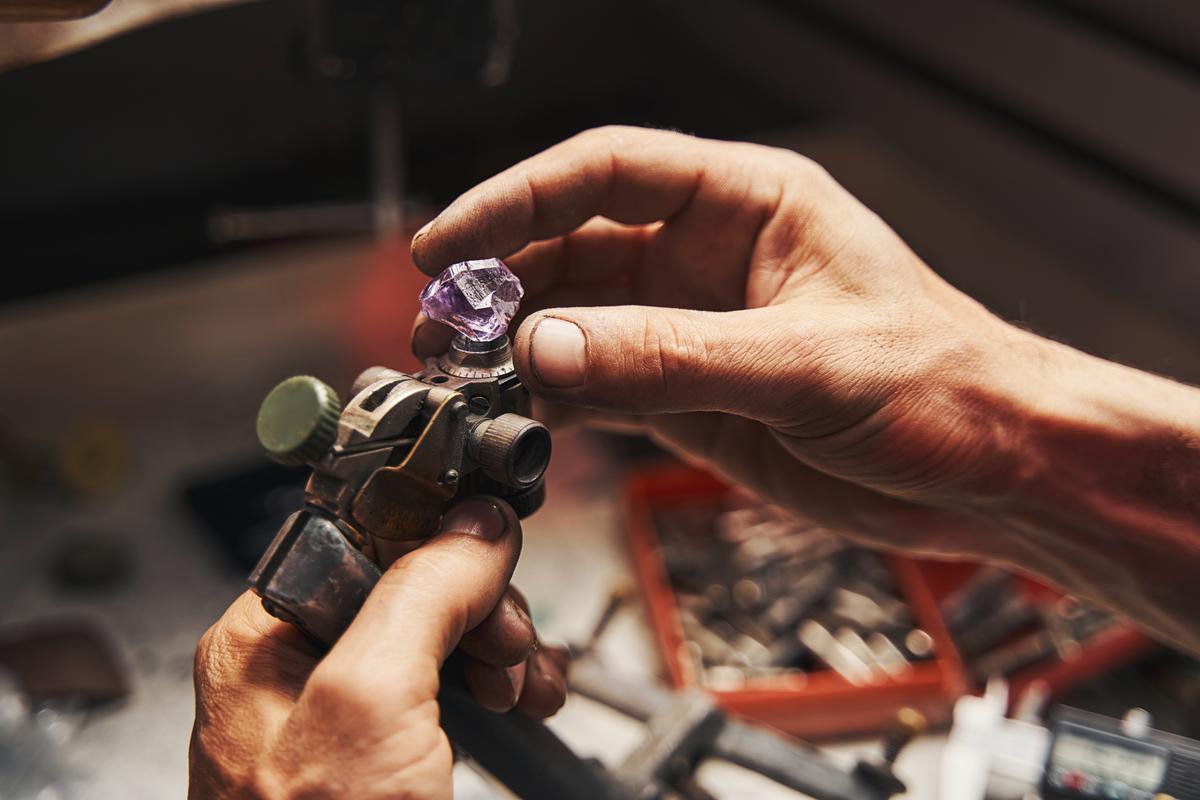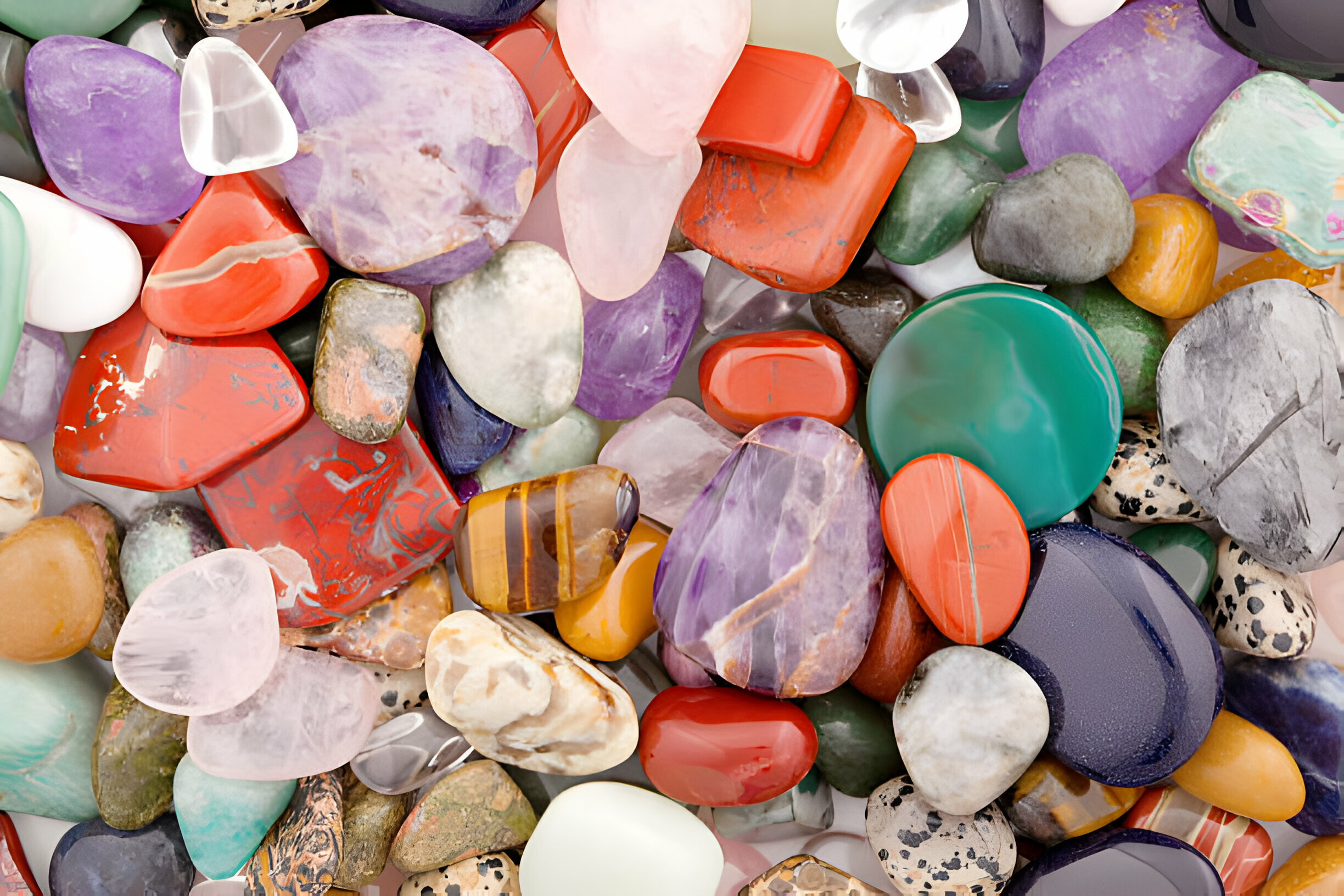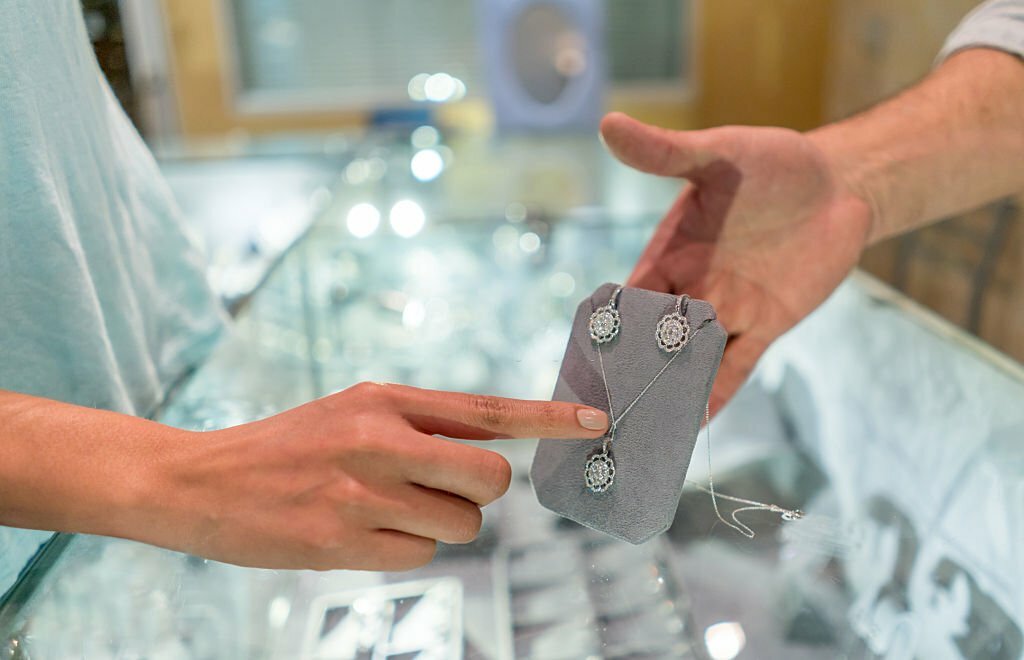Gemstones have been cherished for centuries for their exquisite beauty and rarity. However, the true brilliance and sparkle of a gemstone are brought to life through the art of gem cutting and faceting. This precise craftsmanship enhances the gem’s beauty, increasing its value and desirability. In this article, we will explore the science behind gem cutting and faceting, uncovering the meticulous techniques employed by lapidary artisans to maximize the brilliance of these precious gems.
- The Importance of Gem Cutting and Faceting
Gem cutting and faceting play a pivotal role in the gemstone industry. A raw gemstone may possess inherent beauty, but it takes the skilled hands of a gemologist to unlock its full potential. Through cutting and faceting, lapidary artists carefully shape the gem, revealing its brilliance and enhancing its visual appeal. A well-cut gemstone can fetch a significantly higher price in the market compared to a poorly cut one, underscoring the importance of this art in the gem trade.
- Understanding Gemstone Properties
Before embarking on the cutting and faceting process, gemologists meticulously study the properties of each gemstone. Different gems possess unique properties like hardness, cleavage, and refractive index, which determine the optimal approach for cutting and faceting. For example, a gemstone with strong cleavage must be handled with extreme care to prevent fracturing during the cutting process. Moreover, the refractive index of the gem influences the angles at which facets must be cut to maximize brilliance.
- The Art of Gem Cutting
Gem cutting involves shaping the rough gemstone into a symmetrical and well-proportioned gem. The process begins with marking the stone, determining the position of the facets, and carefully planning the cut. Lapidaries use various tools such as saws, grinding wheels, and polishing disks to shape the gem.
Precision is of utmost importance in gem cutting. Even the slightest variation in the angle of the facets can significantly impact the gem’s brilliance and overall appearance. To achieve symmetrical facets, a lapidary may employ techniques like “meet-point faceting,” which ensures that each facet meets precisely at a common point along the gem’s edge.
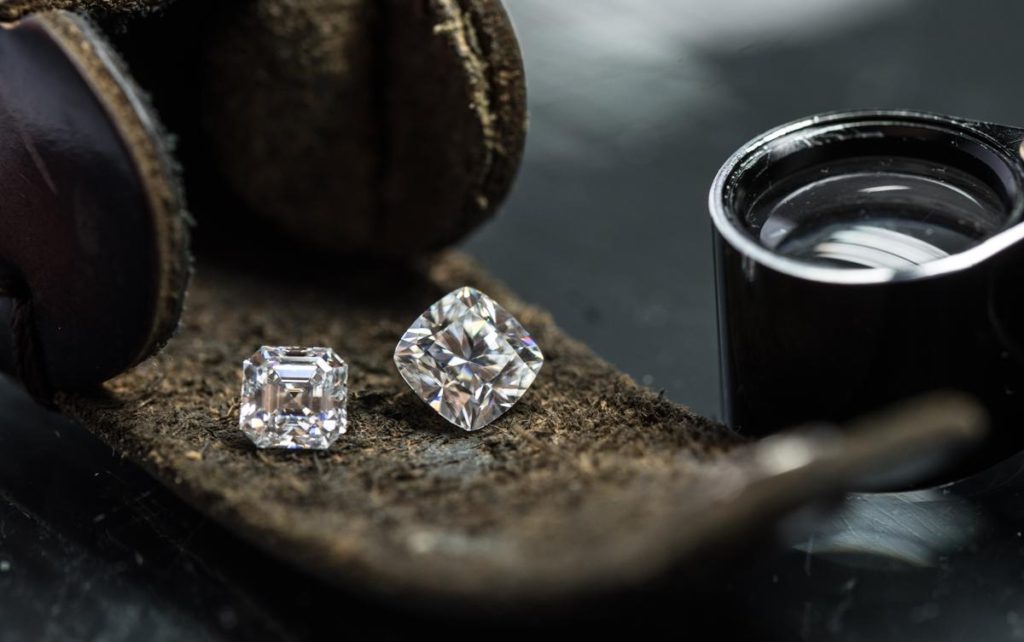
- The Art of Gem Faceting
Faceting is the art of adding flat, polished surfaces, known as facets, to the gem’s surface. Each facet is carefully positioned to optimize light reflection and refraction within the gem. This dance of light within the gemstone is what creates its captivating brilliance.
Gemstone faceting requires a thorough understanding of the gem’s crystal structure and optical properties. Lapidaries often use computer-aided design (CAD) software to create precise faceting diagrams, guiding them during the process. The facets must be precisely aligned and polished to create sharp edges, which further enhances the gem’s brilliance.
- Maximizing Brilliance: The Role of Light Performance
The brilliance of a gemstone is closely related to its light performance, which refers to the way light interacts with the gem’s facets and interior. Gemologists use tools like refractometers and spectrometers to analyze a gem’s light performance, helping them make informed decisions during cutting and faceting.
One essential factor that influences brilliance is the critical angle. This is the angle at which light entering the gem is entirely reflected back to the observer, rather than escaping through the sides. Properly cut and faceted gemstones are designed to maximize the critical angle, ensuring that light bounces around inside the gem, creating a mesmerizing sparkle.
- Evaluating Gemstone Brilliance
Gemstone brilliance is a combination of factors, including the gem’s cut quality, clarity, color, and carat weight. The Gemological Institute of America (GIA) grades the cut quality of diamonds, and similar standards have been adopted for other gemstones. The GIA cut grading scale ranges from Excellent to Poor, reflecting the gem’s ability to interact with light effectively.
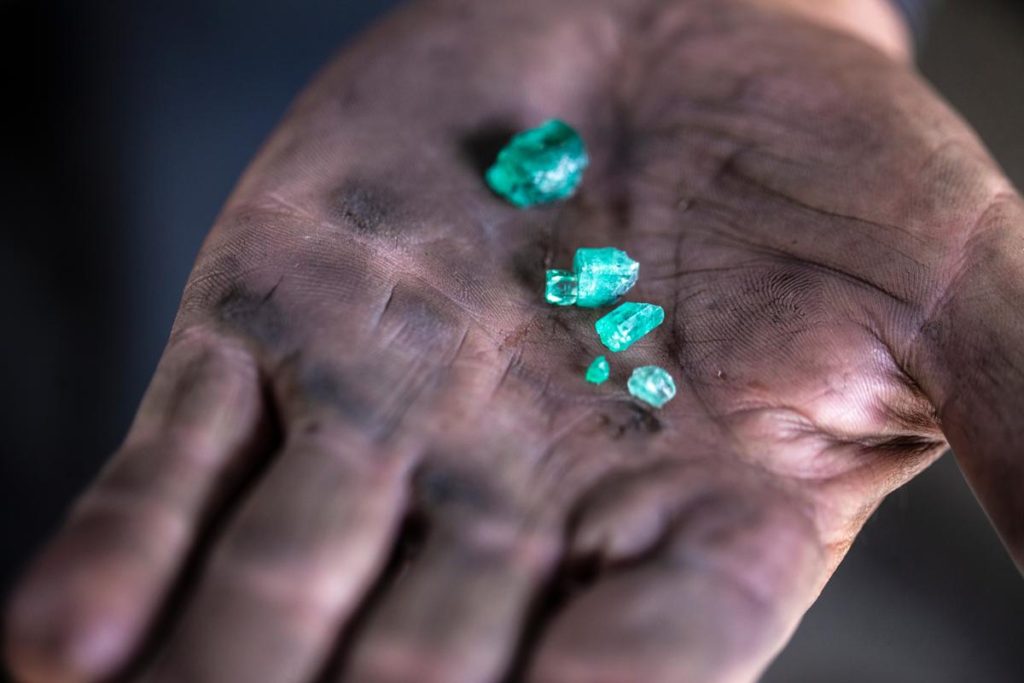

Conclusion
In conclusion, the science of gem cutting and faceting is an intricate art form that elevates the beauty and value of gemstones. Gemologists’ understanding of the gemstone’s properties, precise cutting techniques, and the art of faceting contribute to unlocking the brilliance that lies within each gem. The timeless allure of gemstones owes much to the craftsmanship of lapidaries who skillfully unleash their inner radiance. Whether for jewelry or collectors’ pieces, the brilliance of a well-cut gemstone continues to captivate hearts worldwide.

